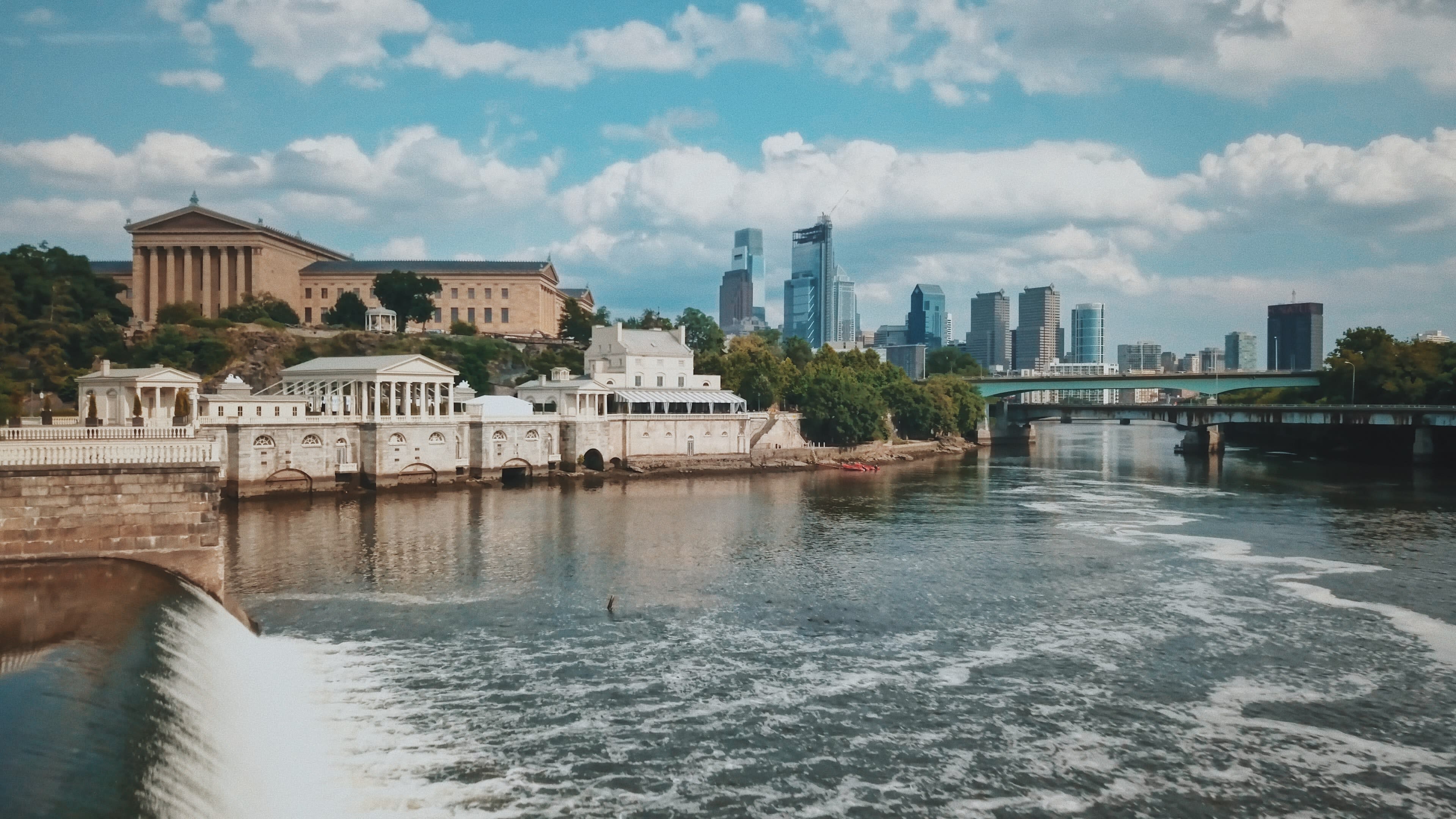

It's interesting to see these policies continued in Uzbekistan (but not so much in Kazakhstan) under its Stalinist dictator.


Higher prices that reflect water scarcity will reduce demand for that product. These will raise the price of traded goods (food, textiles, etc.).

Along the same lines, note that the solution to high "virtual water" consumption is NOT to stop international trade but to make sure that virtual-water-exporting countries have sustainable management practices in place. Instead, they are growing alfalfa to feed to cows for milk (arg!). Fewer Saudi farmers are growing wheat in the desert (good!).Neither trend is sustainable in terms of growth, consumption or the environment, and I doubt that human ingenuity will overcome the damages that come from these consumptions, either to maintain our own quality of life or restore the ecosystems that make that quality of life possible. The rise of our modern consumptive lifestyle since the Industrial Revolution is not just based on mining (and burning) fossil fuels, but mining (and using) fossil water.The same can be said of the "confident" engineers who sank so many wells into arsenic-laced groundwater in Bangladesh, contributing to the (ongoing) poisoning of millions. The "risk-free" living of Indian farmers who use subsidized electricity to pump water that's sold at market prices to dyeing manufacturers (polluters) is an appalling example of unintended consequences.(That's not an excuse to subsidize them it's an excuse to protect their legal/traditional property rights and NOT subsidize others!) Small-scale farmers and fishermen who cannot make a living when water is directed to larger and more powerful groups will not only be unemployed - they can turn to violence.Here are some ideas I noted and thoughts I had while reading: Each chapter describes how "a river runs dry" (abundance ends) in some part of the world. The 320pp book - one of the best general overviews of water problems that I've read - is organized into 10 sections with 34 short chapters. I read the second edition of When the rivers run dry: Water - the defining crisis of the twenty-first century (2006) several months ago. Re-posted with permission from author from Aguanomicsįred Pearce is an English journalist who's been covering water issues for 20+ years (he's just published a book on land grabs, review to come). Account icon An icon in the shape of a person's head and shoulders.


 0 kommentar(er)
0 kommentar(er)
